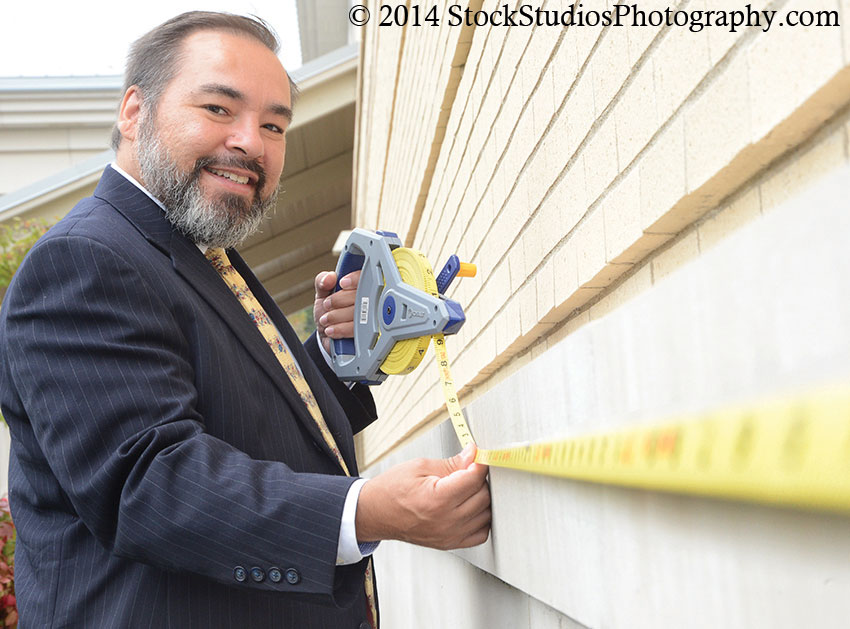
BY JILL NAGY
The axiom goes: The only things certain
in this world are death and taxes. That
makes for steady work for real estate appraisers
like David Fontana of Armstrong
Appraisals in Clifton Park, whose work is
concentrated on legal fights, including
valuing for estates and real property tax
disputes.
For mainly residential appraisers, he
said, things have been slow but, for firms like his, “it always seems to stay steady.”
Eric Sterling of the Sterling Appraisal
Co. in Mechanicville, agreed. His focus
is also largely on commercial property:
people who want a valuation before a sale
and “attorney work” (divorce, estates,
taxes). Although he does work for a few
lenders, he finds there has been less work
related to residential bank loans.
Computer technology has had a great impact on the appraisal business, both of
them noted.
“It is not a social media type of business,”
Fontana said, because so much of
the work is confidential. He also prefers to
create his own report forms and documents
and not rely on what is available online.
However, the wealth of data available online
has made his work a lot easier.
“I can look up and find out about any
property in the United States without having
to drive around to assessors’ offices to
look at tax maps and the like. I can cover
a much greater area,” he said.
He estimated that Saratoga County
properties constitute about 25 percent
of his work. The rest is all over the state.
Sterling said “it would be nice if we had
technology that helped us do our work
faster.” But he also revels in the wealth of
data available online. Some of it, available
free to all, is only mildly useful, because no
one verifies the data or identifies special
circumstances in a sale. Data like building
sizes are not always accurate.
Sterling subscribes to several professional
databases that are more reliable
and he may go directly to a town or county
to buy data. He also finds the data real
estate agents post online for the Multiple
Listing Service “a great resource.”
While he can do a “summary appraisal”
without personally inspecting the property,
Fontana said, a full appraisal report
requires at least a drive-by inspection and
usually a closer look.
Armstrong Appraisals, where Fontana
is the principal, is one of the oldest real
estate appraisal firms in New York state. It
was founded in 1951 by Robert Armstrong.
Fontana joined the firm in 1994 and bought
the business in 1997.
He is the only appraiser with the firm
but several sub-contractors also do work
for the company.
“We are getting more and more clients,”
he said. “We don’t have to advertise. There
are typically one or two calls a day from
people referred to the firm.”
Sterling, also a solo, has been in the appraisal
business for more than 15 years and
has had his own company for five. He works
out of a home office in Mechanicville. He
does appraisals primarily in Saratoga,
Washington and Warren counties.
He said “the area that we are in was
pretty lucky” to escape much of the impact
of the recent economic recession. Similarly,
there has been less of a boom than
some people predicted from the entrance
of worldwide microchip manufacturer
GlobalFoundries to the area.
“There was a lot of speculation in the
beginning and we were very lucky to get
the development,” he said. “But I think
some folks got carried away” estimating
its impact.
Sterling has experienced a recent
uptick in business, but not enough for
“substantial hires.” Before the 2008-09
market slump, when the real estate market
was very busy, he hired help, but not
since then.
He also pointed out that real estate
appraisal is “a very tough business to get
into,” requiring a college degree, three
years of mentoring, and examinations,
among the licensing requirements.
